I’m not going to mince my words: I suffer from depression and have done for many years. Some days my brain feels as though it is mired in a dark quicksand of negativity; on others, layers of thick greyish cloud seem to descend, weighing down my thoughts and burgling my motivation.
I know that if I do force myself to get up from the sofa, then the gloom can lift a little, and if I step outside and walk in the wood behind our cottage, the dreich thoughts may not leave entirely but they certainly retreat to the wings.
For me, taking a daily walk among plants and trees is as medicinal as any talking cure or pharmaceutical. I know this sounds like an advice leaflet from a Victorian sanatorium, but I have realized how beneficial being in a green place can be, even if it is only for five or ten minutes. Simply getting out of the house and seeing the blackthorns and lime tree opposite our cottage induces a response in me that I can only describe as a neuronal sigh of relief: an unseen, silent reaction in the brain that is simultaneously soothing and curative.
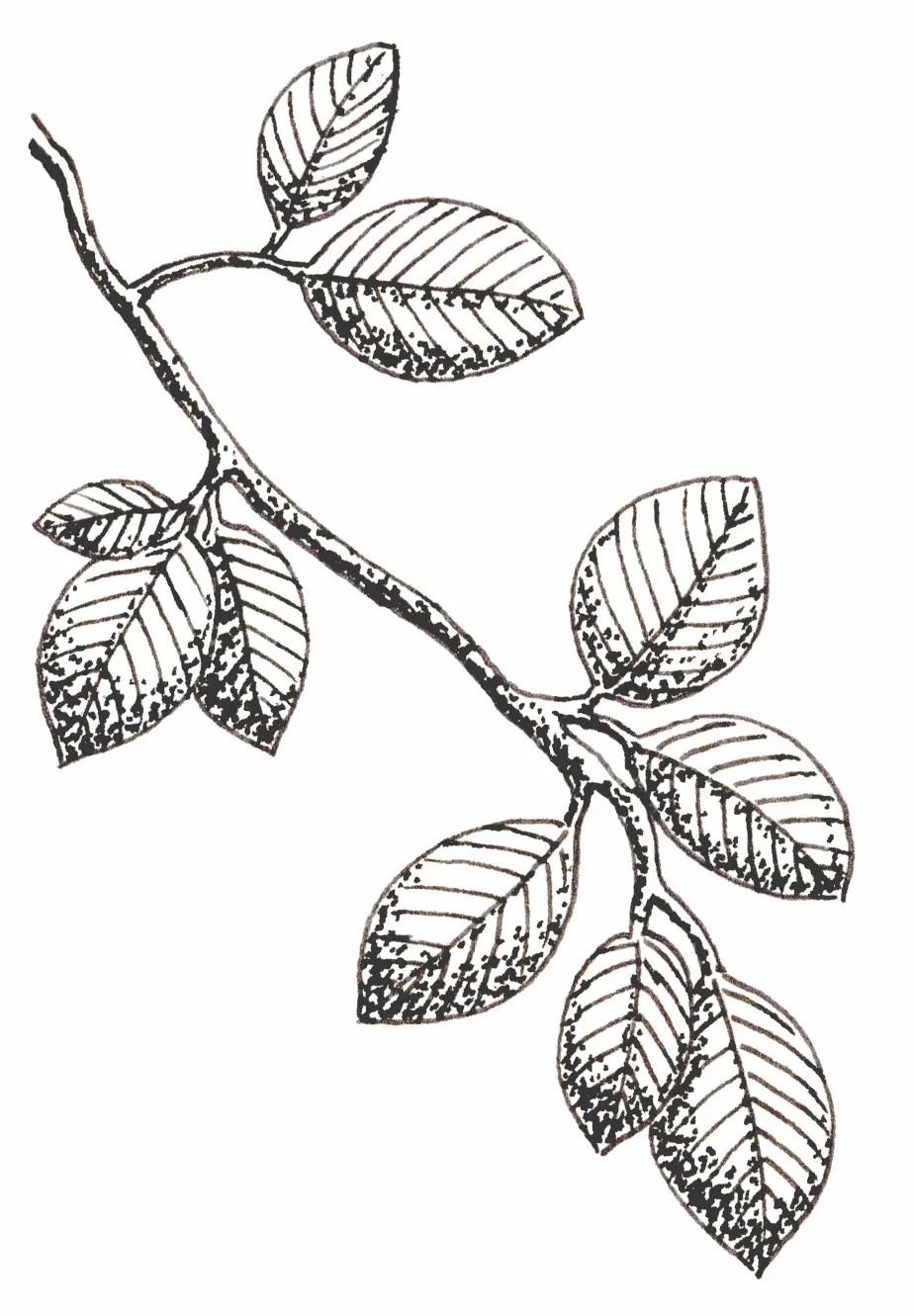
Of course, I am not the first to have noticed the consolation of walking outdoors. Literature is peppered with references to striding in the countryside as a means of easing melancholy, inspiring creative thought and hastening recovery. The nineteenth-century Danish philosopher, poet and theologian, Søren Kierkegaard, exalted a daily stroll: ‘Every day I walk myself into a state of well- being and walk away from every illness; I have walked myself into my best thoughts, and I know of no thought so burdensome that one cannot walk away from it.’

Elizabeth von Arnim wrote one of my favourite novels, The Enchanted April, in the 1920s, and her feelings on walking through the countryside echo my own: ‘If you go to a place on anything but your own feet you are taken there too fast, and miss a thousand delicate joys that were waiting for you by the wayside.’

When I walk the half-mile or so from our front door to the entrance of the village wood, follow the mown paths that trail between the trees, seek out the yellow-striped grove snail shells part-hidden in the chalky soil and catch sight of a muntjac deer as it scampers away, the mental relief I felt at seeing that lime tree opposite our cottage is multiplied many-fold.
I become engrossed in every leafy, creeping or flying inhabitant of the wood, and with each detail that draws my attention, with each metre I walk, the incessant clamour of daily concerns seems to become more muffled and the foggy pall of depression begins to disperse.
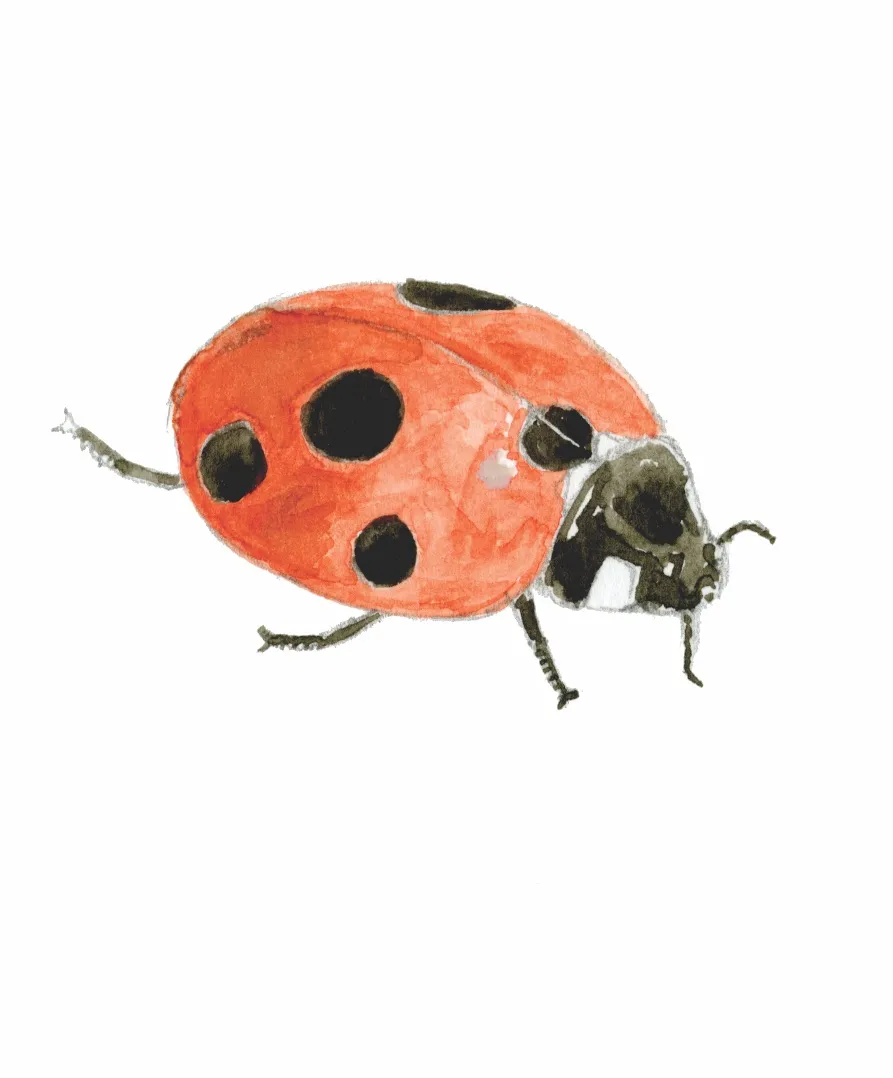
What are the biochemical mechanisms by which wild places alleviate depression and improve health in humans?
Further research is beginning to provide tangible clues. Many plant species produce volatile compounds and oils, collectively known as phytoncides, in order to fight infection from viruses and bacteria. Studies from the academic groups that examined the Shinrin-yoku, or ‘forest bathing’, phenomenon have shown that inhalation of phytoncides triggers some of the same effects on our immune, endocrine (hormonal), circulatory and nervous systems.
These oils do not have to be highly scented to have an effect on our bodies and most aren’t. The fresh ‘green’ smell of a hedgerow in May is a combination of phytoncides from many different plants. We inhale them without realizing it when we spend time in a wild place.
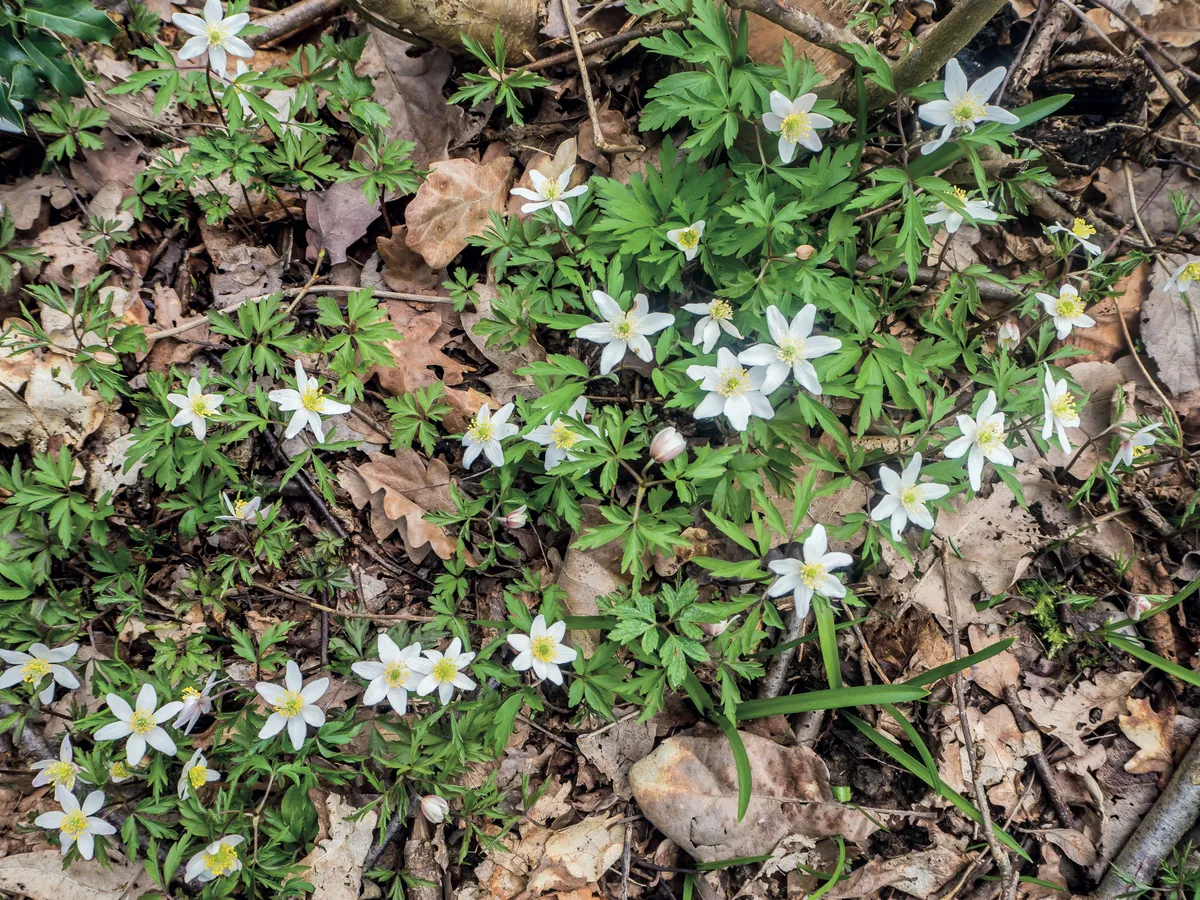
We see further clues when we interrogate serotonin levels. Serotonin is a compound that carries signals between nerve cells in our brain, and the levels of this neurotransmitter are diminished in depressed patients. It is not yet clear whether this shift in serotonin is a cause of low mood or one of its effects, and there are certainly other mechanisms in the brain that are involved in the regulation of mood, but there does seem to be a link between serotonin and mood in humans, and interacting with the natural world has been shown to influence serotonin levels.
Indeed, just being outside can make a difference: when sunlight hits the skin or the eye’s retina it triggers the release of serotonin, and on brighter days higher levels are released. It is the lower levels of sunshine between November and March that leads to winter depression or Seasonal Affective Disorder (SAD) in some individuals. I am prone to this form of transient seasonal sadness and it can make the winter months especially challenging.
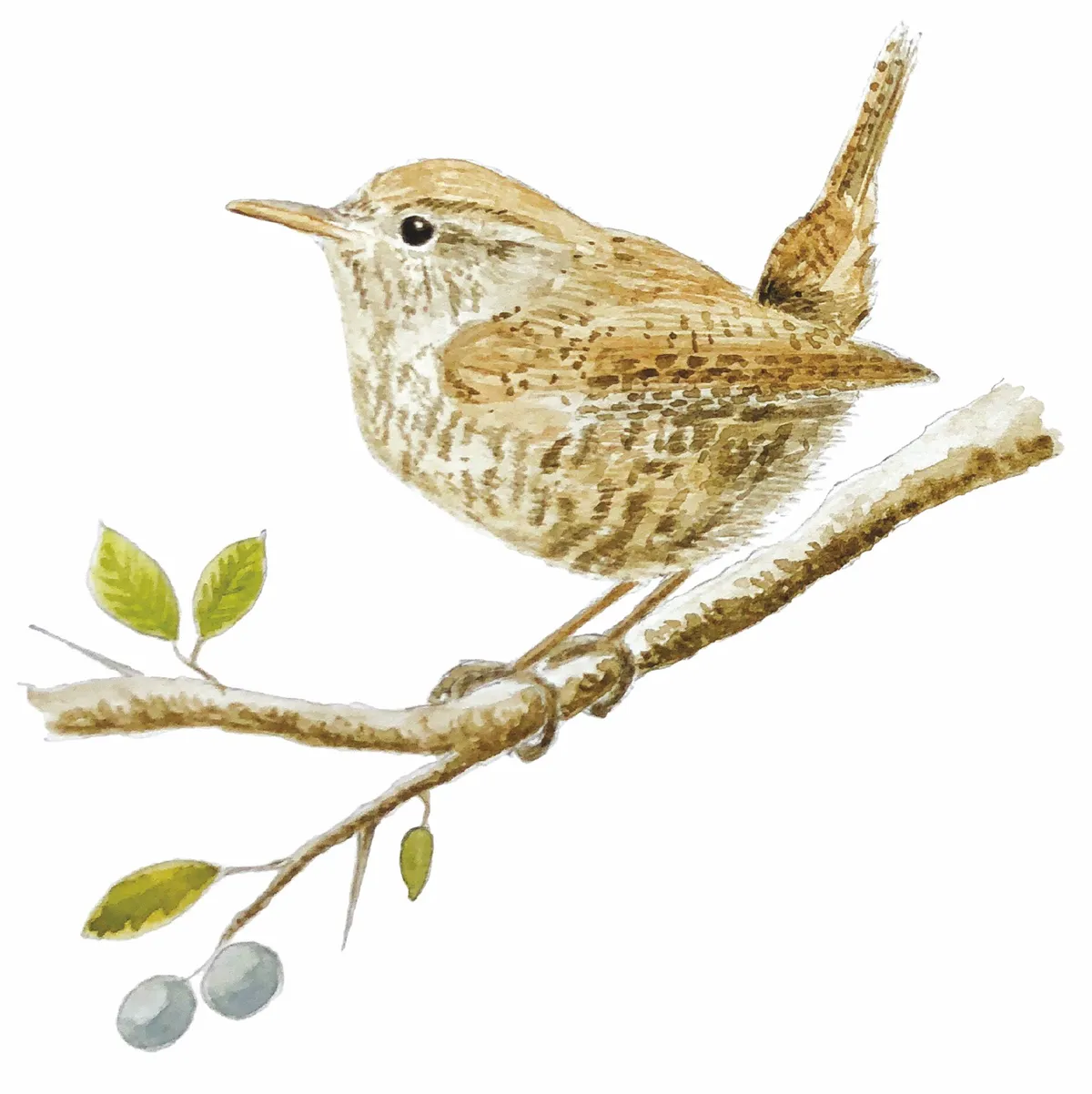
Another, more surprising, way in which interacting with the natural world influences our serotonin levels comes from the soil. When humans come into contact with benign soil bacteria such as Mycobacterium vaccae, proteins from its cell wall trigger a further release of serotonin from a specific group of nerve cells in our brains. So it seems that a bit of weeding can be good for more than just your herbaceous borders.
Finally, when we take some light exercise, such as walking, endorphins are released into the bloodstream. These are neurotransmitters that diminish the sensation of pain and induce a mild euphoria: a gentle, natural high. Combine these with the effects of light from the sun, compounds from the plants and benevolent bacteria from the soil, and it seems that walking in a garden, field or wood is like reaching into an invisible natural medicine cabinet.
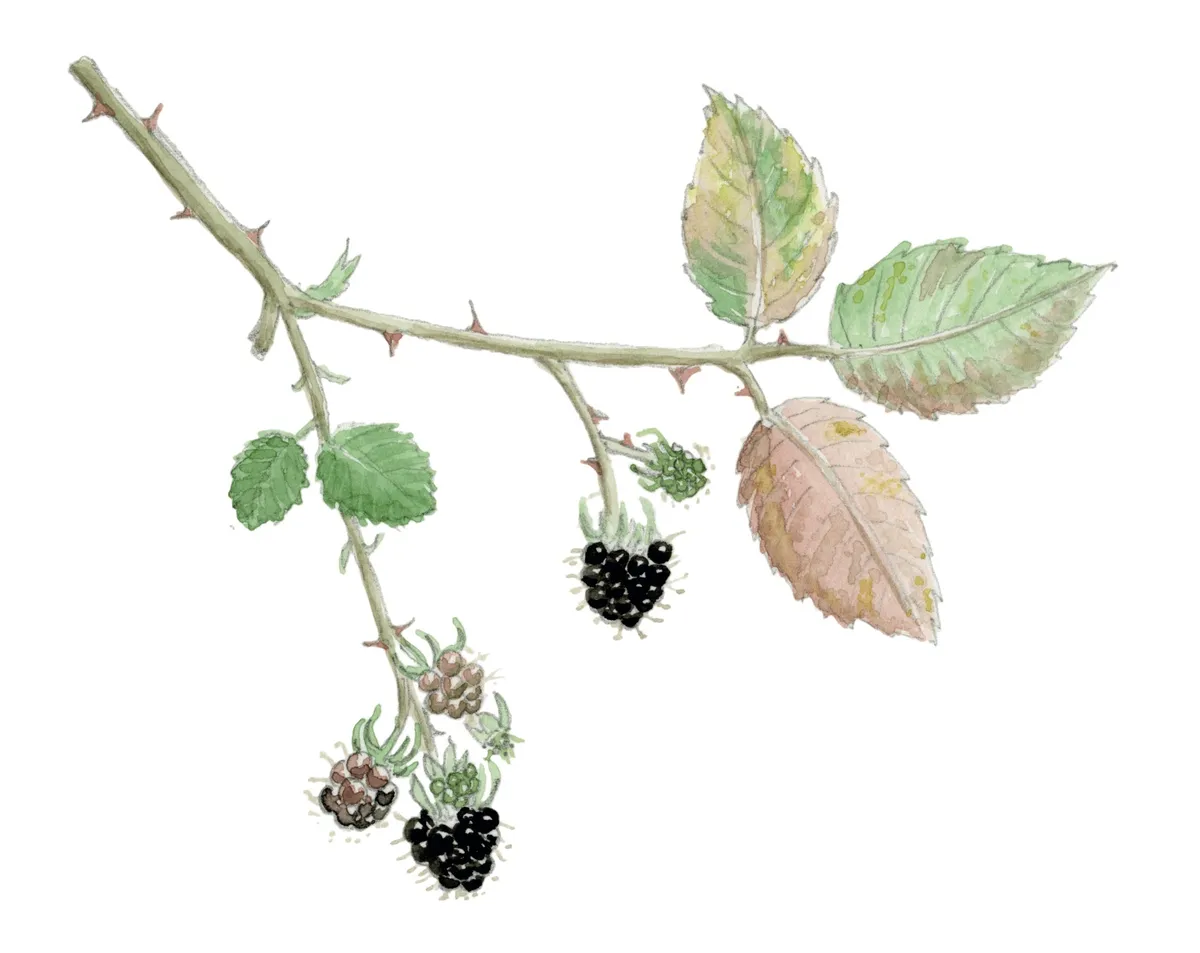
The science is still progressing, and there is clearly much more to discover, but I’m fascinated by the idea that the balance of the chemistry of my brain, and my hormonal and nervous systems, are changing as I linger among trees and plants and that this can impact the tone of my thoughts and my mental health. I have felt the curative effects of my surroundings as I walk in a wild place innumerable times, and it is reassuring to know that there is something I can do to help myself on dark days.
Spending time in nature can have a profound and positive effect on our wellbeing. Research suggests spending two hours a week in nature benefits our physical and mental health.
With Mental Health Awareness week taking place from 15 to 21 May, we’re sharing ideas and expert advice on how to connect with the natural world to boost your wellbeing. Register today to download our FREE Wildlife & Wellbeing supplement and discover more!
This is an edited extract from The Wild Remedy by Emma Mitchell, published by Michael O'Mara Books.
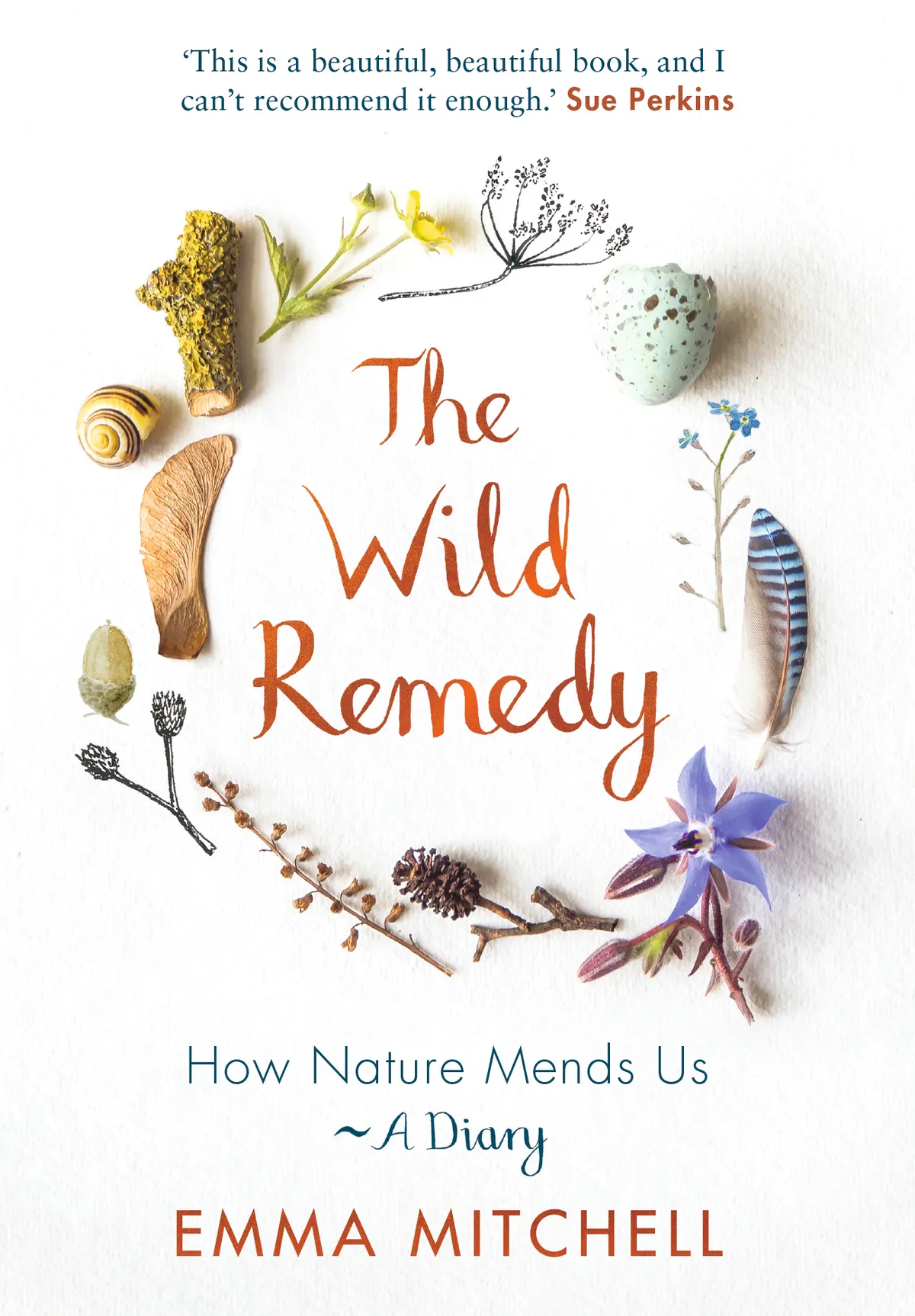
Main image: Scabious at the edge of a field. © Emma Mitchell

